Table of Contents
History Behind the Treasure
Barcelona has a story hidden on the bricks of every building. With so much history waiting to be discovered, one can easily learn something new about this city. In this case we will trace back one of the most powerful and infamous families in the history of Barcelona. It is said that the Muñoz brothers, Álvaro and Julio, created an empire during the mid to late 1900s. Julio was a self-made man who built his fortune from tactical moves on the black market for cotton amongst other clandestine actions. After his death in 1991 and multiple court battles between the city and the millionare’s heirs, a truly priceless treasure was rightfully granted to timeless city of Barcelona.
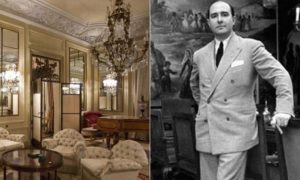

In 1988 during his stay as a refugee in Sweden due to its foul play with fraud, Julio Muñoz Ramonet dictated his will. Here he granted the government of Barcelona full entitlement to his mansion and other of his properties, as well as approximately 500 priceless paintings. However, this collection is not any average collection, some of the pieces include, La Virgen del Pilar, by Goya and La Anunciación, by El Greco. It has also been speculated this collection also contained work by Rembrandt, Murillo, Fortuny, Delacroix, Zurbarán, Monet, amongst many more. It has been estimated that this private collection is worth well over 120 million Euros. After multiple failed attempts to regain control of these missing pieces, the Supreme Court ruled in favor of the entrepreneur’s last will on March 2012.
It is no secret that Barcelona is notorious for its numerous architectural pieces. World renounced architects such as the famous Gaudí, Mies van der Rohe, Jean Claude Nicolás, amongst many more have dressed the streets of Barcelona for almost a century. Nevertheless, Julio’s private collection was not the only priceless item that Barcelona was able to reclaim. The millionaire’s property houses one of the most well-preserved examples of a typical 20th-century bourgeoisie garden. These grounds hold particular historical value since they were designed in 1916 by Jean Claude Nicolás Forestier as ordered by the Marquis of Alella.
The Gardens
Jean Claude Nicolás Forestier was a French landscape architect whose work has left prominent landmarks around the world. Some of his major works includes the gardens of the Champ-de-Mars below the Eiffel tower as well as lucrative influence left in the Havana due to his master planning of the city itself. In Spain, he designed the Maria Luisa Park in Seville, the gardens of La Casa del Rey Moro in Ronda, and they recently acquired gardens on the Muñoz Ramonet state in the district of Sarrià-Sant Gervasi. Julio Muñoz Ramonet acquired this property during the mid 1900s. Though the gardens were remodeled between 1956 and 1957 by Joan Mirambell, the gardens continue to withhold their true authenticity.
The gardens remains under city ordained restoration due to its newly required need to meet government regulations. The restoration was demanded by some of the locals since the gates to the garden will be open to the public later on this month. The intimidating doors to this infamous location will be open every Saturday and Sunday to the public. This magnificent piece and its historical value definitely adds character to the classic memorabilia of architecture in Barcelona. It can easily be stated that the story behind the building alone is enough of a reason to have to check if the rumors are true. What makes these gardens an ultimate pit stop for true Catalan folklore is how well preserved the mansion has been kept. These gardens are the new must-go-to historical location.









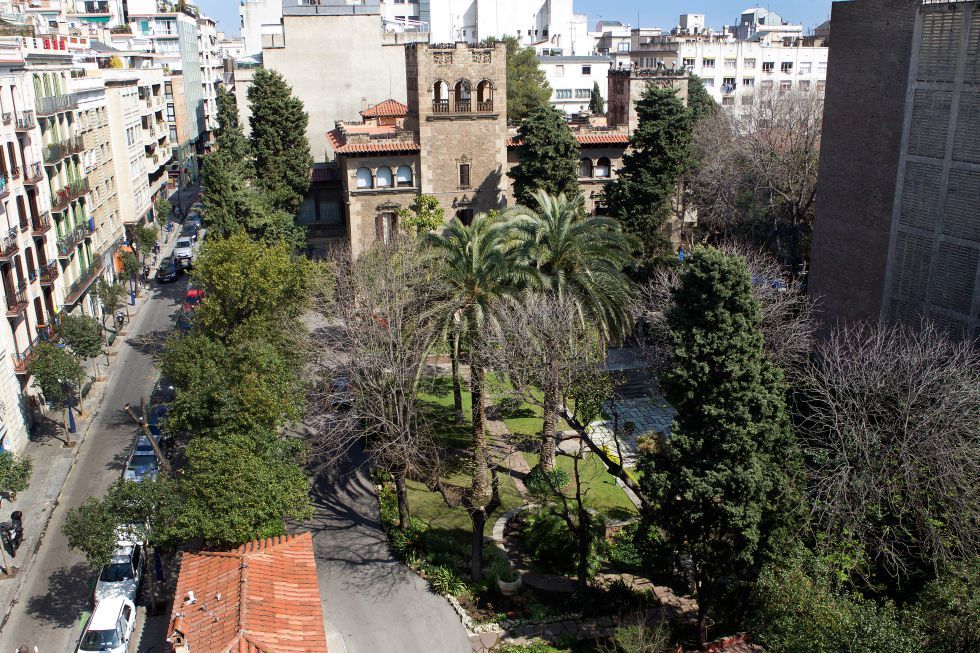
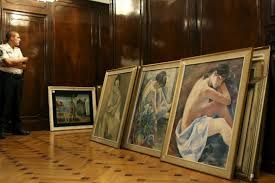
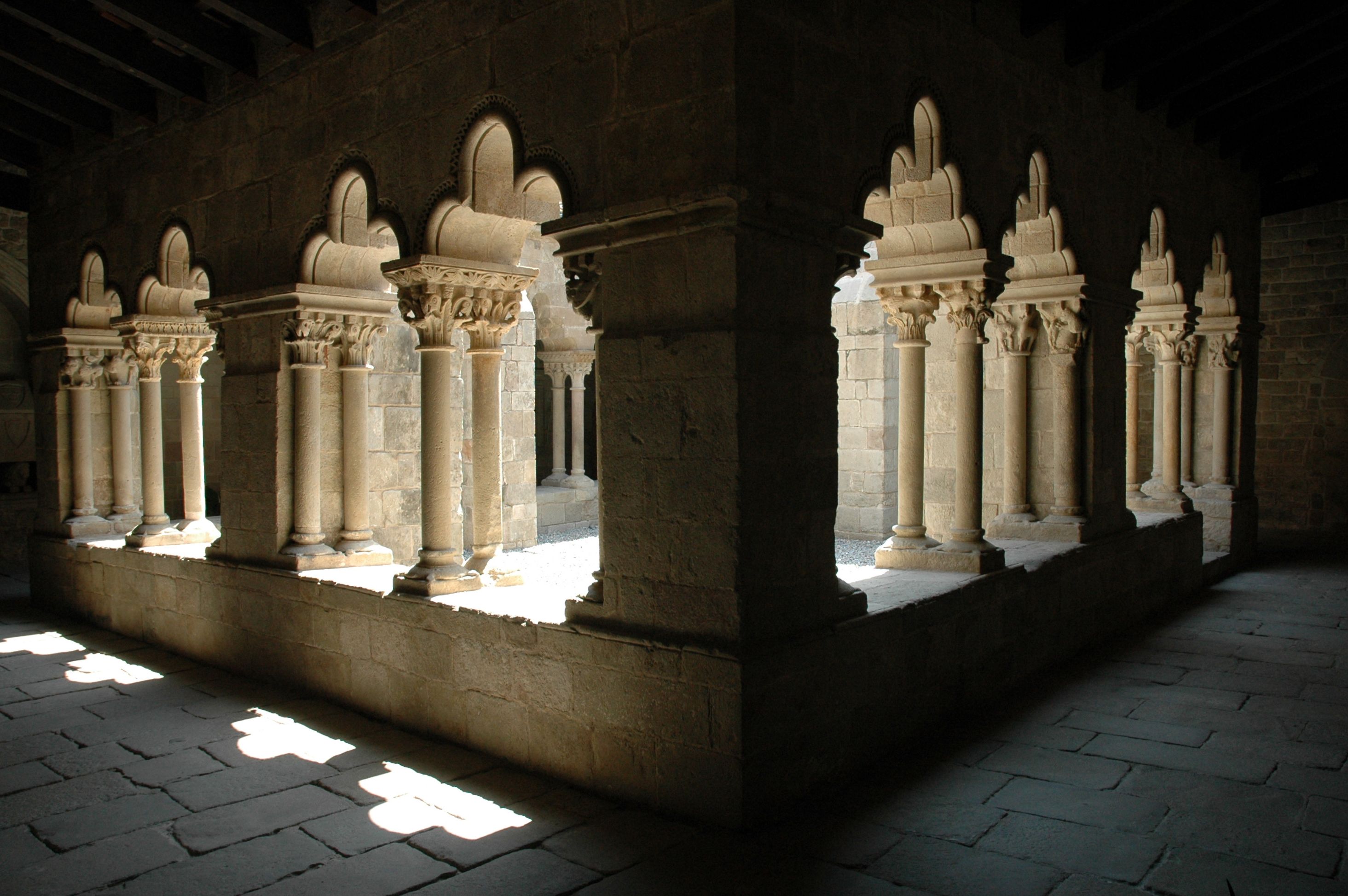

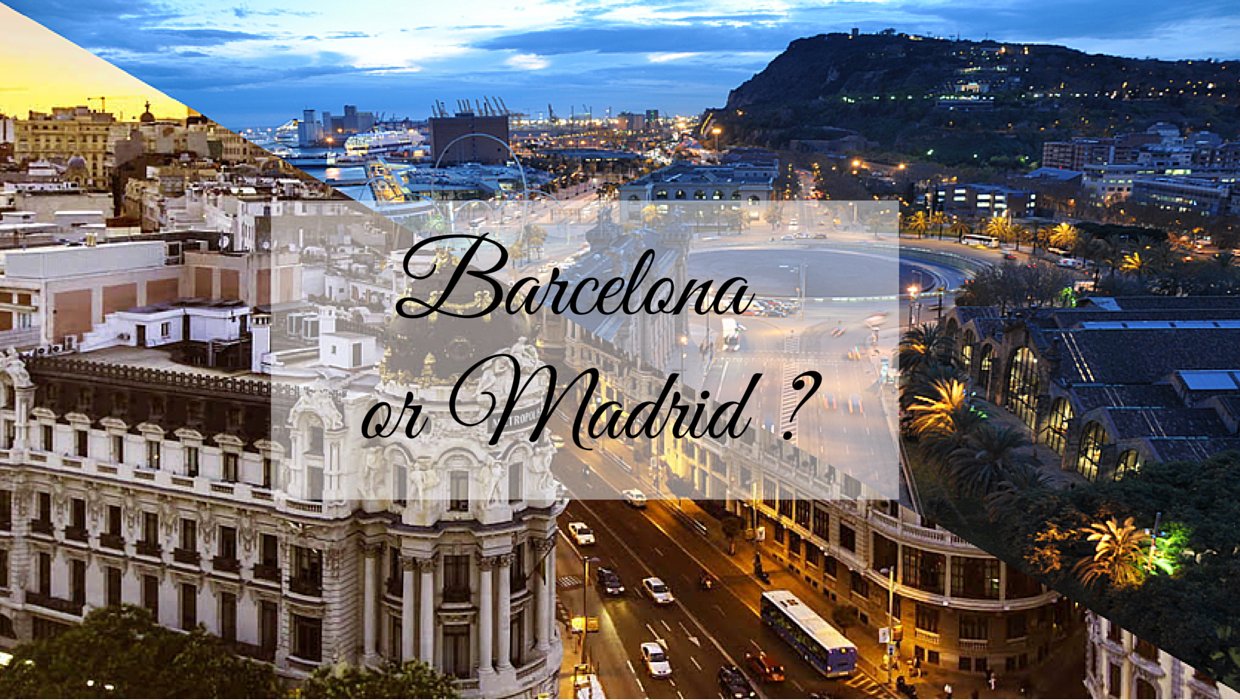
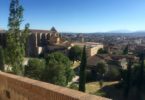
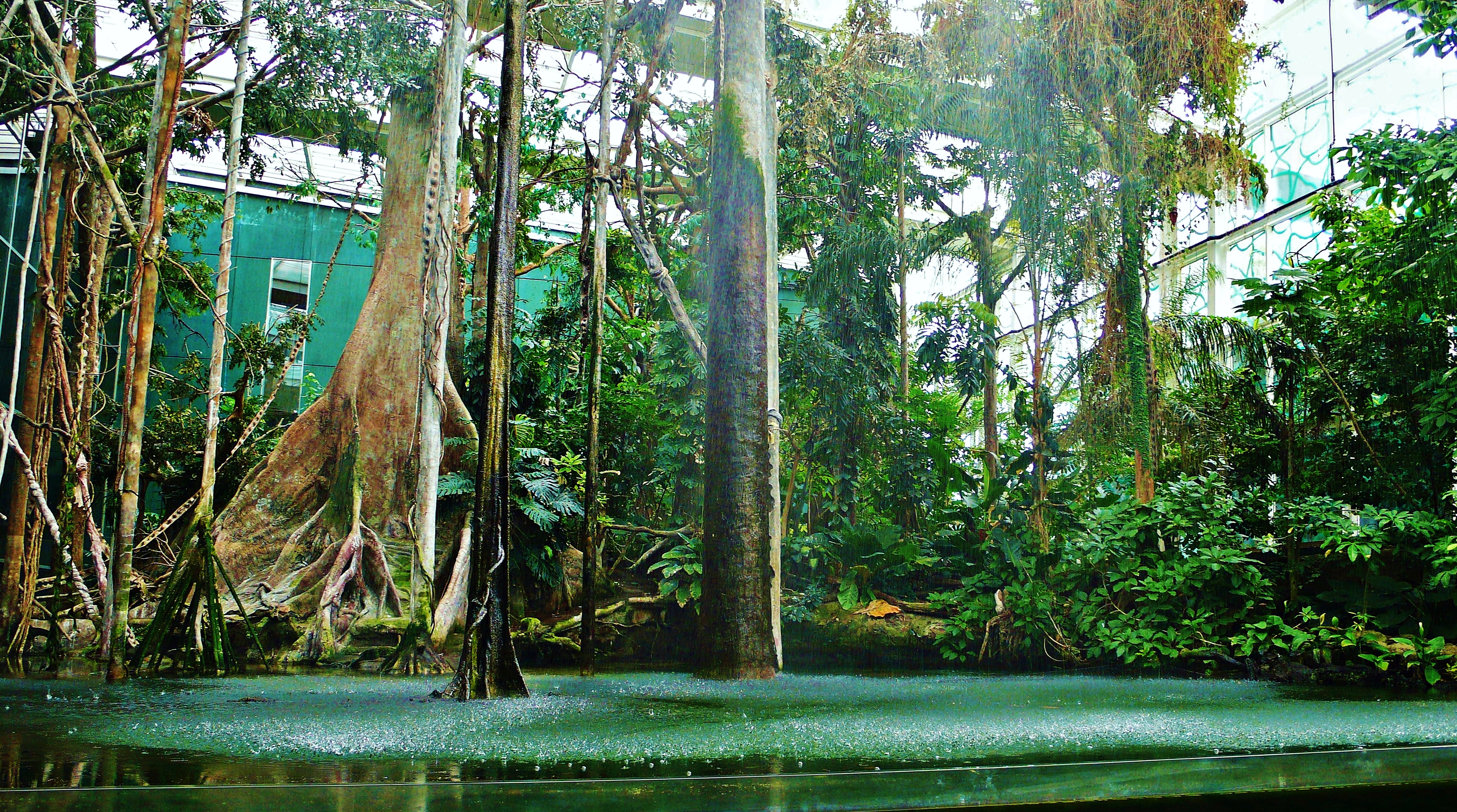

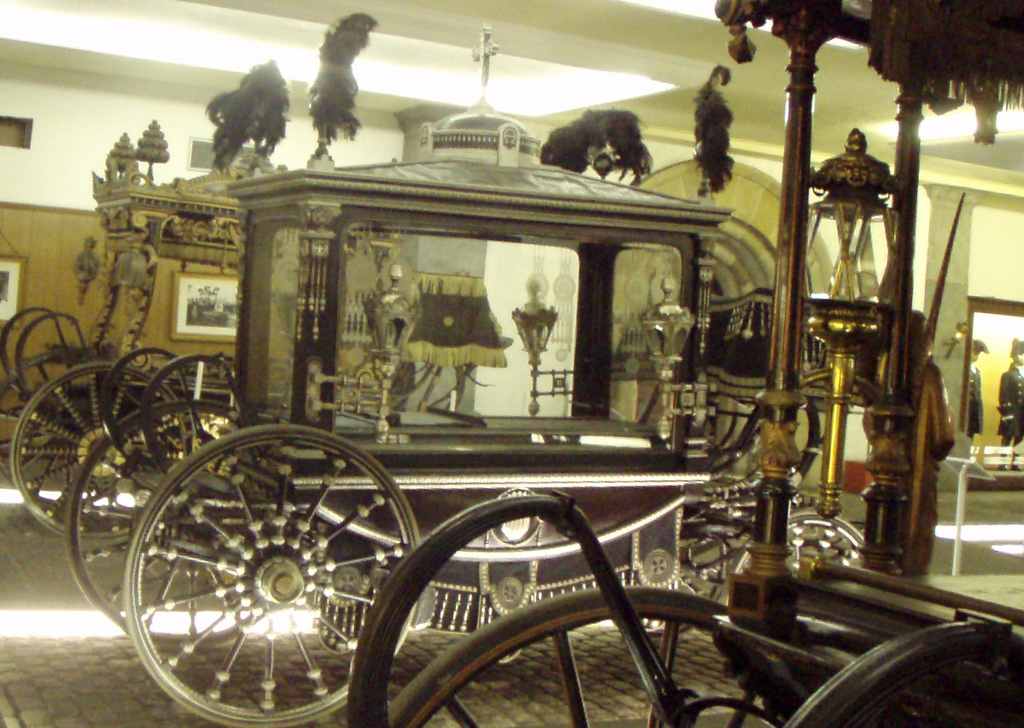




Leave a Comment